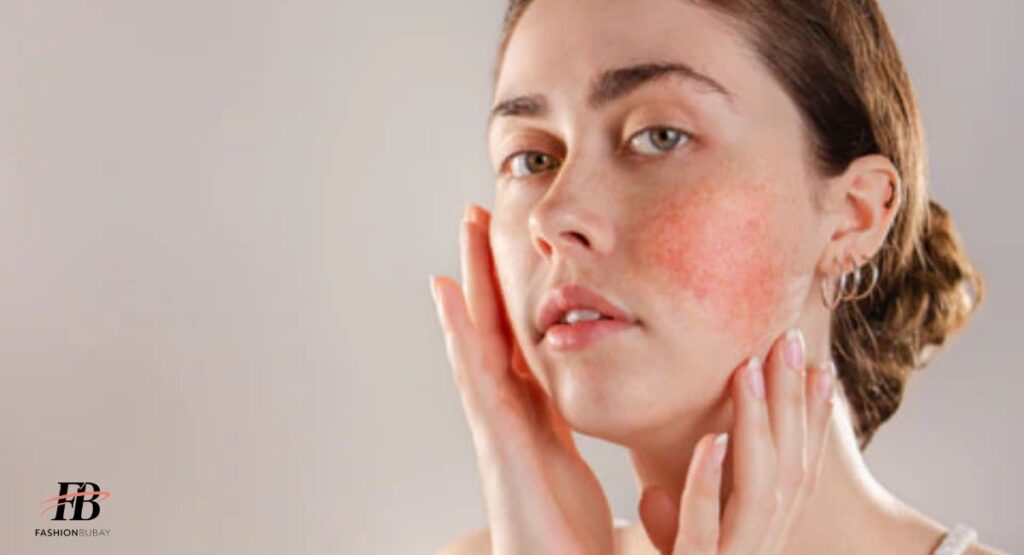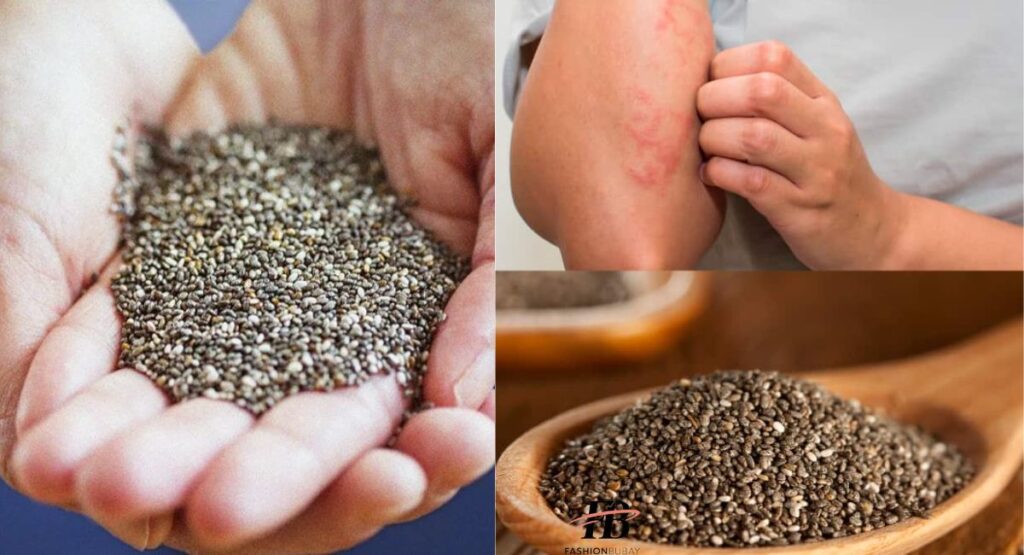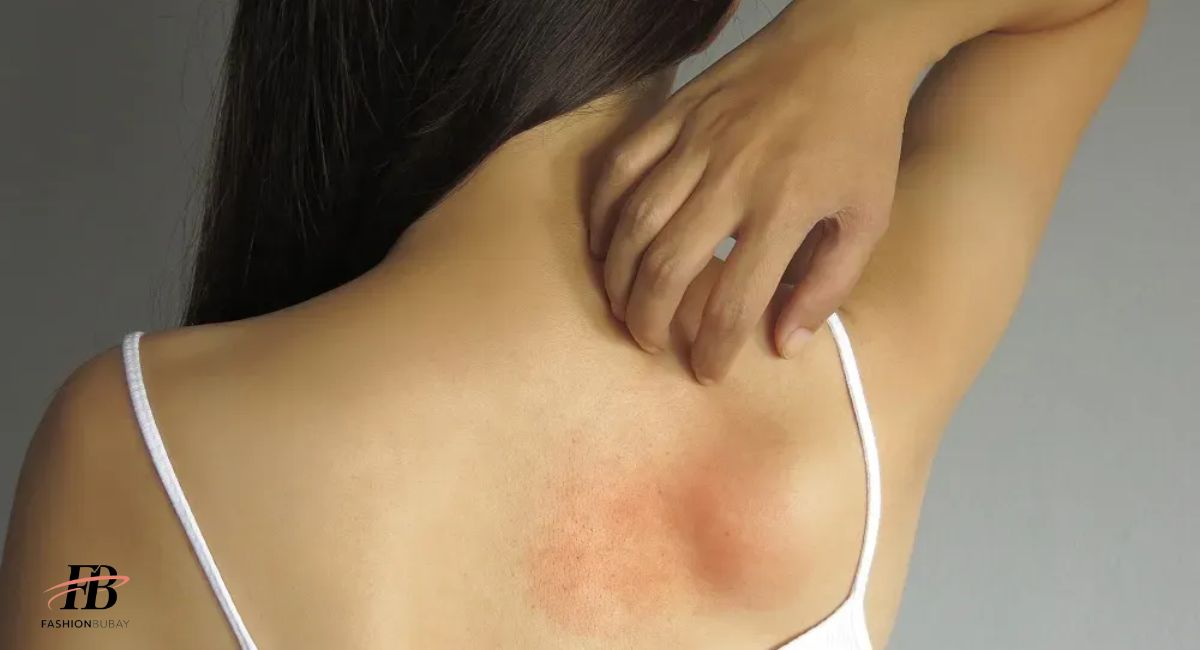Rashes are common and can be very uncomfortable appearing as bumpy or swollen skin. They can be caused by infections allergies or irritants. Knowing when to seek medical help is important. Mild rashes often go away on their own but some need urgent care.
If you get a new rash contact your primary care provider (PCP). Your doctor can guide you on the next steps. Serious symptoms like fever or trouble breathing require immediate attention. Always watch for changes in your rash and seek help if needed.
When should you seek medical care for a rash?
If you have a new rash call your primary care provider (PCP). Your doctor knows your medical history and can give good advice. Some rashes are mild but others can be serious. Always pay attention to how the rash changes.
You should call your PCP if you have a fever with the rash. Other warning signs include feeling dizzy or having a racing heart. If the rash spreads to your mouth or eyes seek help. Blistering or bleeding rashes also need a doctor’s attention.
If you have trouble breathing, call 911 right away. This could be a sign of a severe allergic reaction. Do not wait if you feel lightheaded or very sick. Quick action can prevent more serious problems.
For non-emergency rashes try to get a same-day appointment. Many doctors offer virtual visits too. If you ca not see your PCP urgent care is an option. Early treatment can make a big difference.

How are rashes diagnosed?
Doctors diagnose rashes by examining your skin. They may touch the rash and take your temperature. Sometimes they will ask about your lifestyle and recent activities. This helps them find the cause.
Photos of your rash can be very helpful. They show how the rash changes over time. Doctors may also ask about any new products or foods you have tried. This information helps them make a diagnosis and recommend treatment.
Rashes in patients with darker skin tones
Rashes can be harder to see on darker skin. This makes patient input very important. Doctors must ask detailed questions to understand the rash. This helps in diagnosing and treating it correctly.
Medical training now includes special attention to rashes on darker skin. This ensures that dangerous rashes are not missed. Doctors learn to look carefully and listen to patient concerns. This approach aims to make care more equitable.
Can I see a virtual doctor for a rash?
Yes, you can see a virtual doctor for a rash. Virtual visits are a convenient option. You can discuss your rash and get advice from home. However, some rashes may need an in-person examination.
Virtual doctors can evaluate your rash through video calls. They can provide initial guidance and recommend further steps. If needed they may advise you to visit a healthcare facility for a closer look. Always follow your doctor’s advice for the best care.
Read This Blog: Tencel vs. Polyester: Which Fabric Is Best for You?
Common causes of skin rashes
- Infections: Viruses bacteria fungi or parasites can cause skin rashes.
- Allergies and Irritants: Allergens like pollen or pet dander and irritants like chemicals or soaps, can lead to rashes.
- Bug Bites: Insect bites or stings often result in itchy or swollen rashes.
- Autoimmune Diseases: Conditions like lupus or psoriasis where the immune system attacks healthy cells can cause skin inflammation and rashes.
- Medications: Some medications can trigger allergic reactions or rashes as side effects.
- Heat and Sweat: Excessive heat or sweating can cause prickly heat or sweat rashes.
- Stress: Emotional stress can sometimes lead to skin rashes or exacerbate existing ones.
Infection
Infections are caused by viruses bacteria fungi or parasites entering the body.
These microorganisms can enter through breaks in the skin or via inhalation or ingestion.
Common infections causing skin rashes include:
- Viral Infections: Such as chickenpox shingles or measles which often result in rash outbreaks.
- Bacterial Infections: Like impetigo or cellulitis which can cause redness swelling and pustules on the skin.
- Fungal Infections: Such as ringworm or yeast infections, which lead to itchy scaly or inflamed skin.
- Parasitic Infections: Like scabies or lice which cause intense itching and may result in rash-like symptoms.
Treatment and Prevention
- Treatment for infection-related rashes typically involves addressing the underlying cause.
- This may include antiviral, antibiotic, antifungal or antiparasitic medications.
- Prevention involves practicing good hygiene avoiding contact with infected individuals, and completing prescribed treatments.
- Prompt medical attention is crucial to prevent complications and ensure a speedy recovery.
Allergens and irritants

Allergens and irritants can cause skin rashes in sensitive individuals. They come from various sources such as pollen pet dander chemicals and plants like poison ivy. Identifying these triggers is essential for managing and preventing rashes.
Treatment involves avoiding known allergens and irritants. Topical creams or ointments can help reduce inflammation and itching. Preventive measures include using hypoallergenic products and protective clothing. Consulting an allergist can provide personalized guidance for managing and preventing rashes caused by allergens and irritants.
Insect bites
Insect bites can cause skin rashes and discomfort due to the body’s reaction to substances in the insect’s saliva or venom. Symptoms and considerations related to insect bites include.
- Itching, swelling, redness, and sometimes pain at the site of the bite.
- Common insects causing bites include mosquitoes bees wasps ants and ticks.
- Severe allergic reactions can lead to difficulty breathing, swelling of the face or throat, and dizziness.
- Scratching insect bites excessively can lead to secondary infections.
- Treatment involves cleaning the area, applying anti-itch creams or lotions, and taking antihistamines if needed.
- Preventive measures include using insect repellents, wearing protective clothing outdoors, and avoiding areas known for heavy insect activity.
Autoimmune diseases
Autoimmune diseases occur when the body’s immune system mistakenly attacks its own healthy cells. Some common autoimmune diseases that can cause skin rashes include lupus psoriasis, eczema, and rheumatoid arthritis. These conditions often manifest with specific skin symptoms.
Treatment for autoimmune-related skin rashes involves managing the underlying autoimmune condition. This may include medications to suppress the immune system, topical treatments for skin symptoms, and lifestyle changes to reduce flare-ups. Consulting with a healthcare provider is crucial for proper diagnosis and management of autoimmune diseases and associated skin issues.
Treatment for rashes

Effective treatment for rashes involves several key steps and considerations.
- Identify the Cause: Determine the underlying cause of the rash whether it’s due to an infection, allergy irritant or other factors.
- Medication Options: Depending on the cause and severity of the rash treatment may involve:
- Topical medications: Such as corticosteroids, antihistamines or antimicrobial creams.
- Oral medications: Such as antihistamines, antibiotics or antifungal drugs.
- Symptom Management: Address specific symptoms like itching, inflammation, or pain with appropriate medications or therapies.
- Hygiene Practices: Maintain good hygiene practices to keep the affected area clean and prevent secondary infections.
- Avoidance of Triggers: Identify and avoid triggers or irritants that worsen the rash or cause flare-ups.
- Moisturizing: Use moisturizers or emollients to keep the skin hydrated and soothe dryness or irritation.
- Follow Medical Advice: Follow your healthcare provider’s instructions regarding medication usage, follow-up appointments, and lifestyle modifications.
- Monitoring and Follow-up: Monitor the rash for changes and follow up with your healthcare provider as needed for ongoing evaluation and management.
Frequently Asked Question
When should I go to urgent care for a rash?
You should go to urgent care for a rash if it’s accompanied by severe symptoms like difficulty breathing or spreading rapidly. Urgent care can offer timely evaluation and treatment for urgent skin concerns.
What is the fastest way to heal a rash?
The fastest way to heal a rash is to identify and avoid the trigger, apply soothing creams or ointments, and follow your healthcare provider’s advice for treatment.
Can urgent care treat an allergic reaction?
Yes, urgent care can treat allergic reactions by providing medications like antihistamines or epinephrine and offering immediate medical attention for severe symptoms.
Can urgent care treat contact dermatitis?
Yes, urgent care can treat contact dermatitis with medications like corticosteroid creams and by providing guidance on managing symptoms and preventing future flare-ups.
Conclusion
Urgent care for rashes is essential for prompt diagnosis and treatment ensuring relief from discomfort and preventing potential complications. By understanding when to seek medical attention for a rash individuals can take proactive steps to address their skin concerns effectively. Contacting a primary care provider (PCP) is the first recommended course of action, especially if the rash is accompanied by concerning symptoms like fever, spreading to sensitive areas, or difficulty breathing.
In cases where urgent care is needed, such as severe allergic reactions or worsening symptoms, seeking immediate medical attention is crucial. Virtual visits with healthcare providers can offer convenient options for non-emergency rashes, allowing for timely evaluation and guidance. Ultimately, timely and appropriate medical care for rashes promotes optimal skin health and overall well-being, emphasizing the importance of staying vigilant about skin changes and seeking professional help when necessary.











